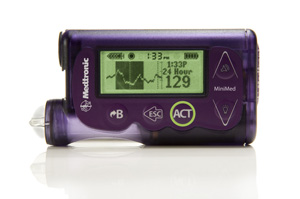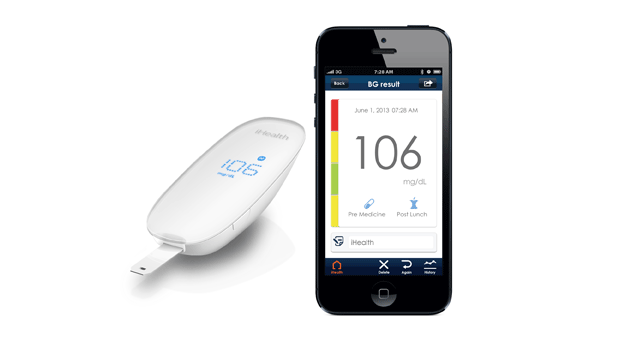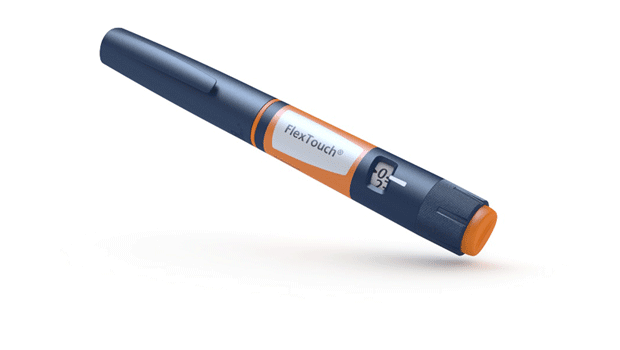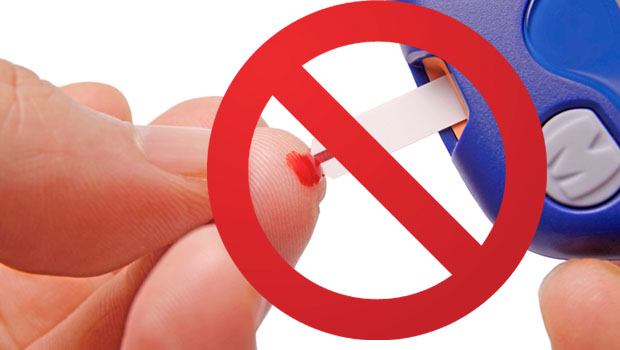Curing Type 1 Diabetes with an ‘Inverse Vaccine’
A new vaccine that retrains the immune system may hold the key to curing diabetes in those with remaining beta cell function

Recently, we covered a potential diabetes cure that uses engineered T cells to stop the destruction of beta cells in those living with type 1 diabetes.
Now, another potential diabetes cure that works to stimulate the proper functioning of the immune system is in the works.
This new ‘inverse vaccine’ involves the use of anti-inflammatory dendritic cells with the potential to retrain the immune system to be less reactive toward insulin-producing beta cells. If it works, it could provide a therapy option for newly diagnosed patients to halt or even prevent the progression of the disease.
The Role of Dendritic Cells in Immune Function
Dendritic cells are a type of antigen-presenting cell important in training the immune system’s T cells to identify potential pathogens. They also play a huge role in teaching those same cells what not to attack.
In people with type 1, effector T cells become sensitized to proinsulin, a precursor to insulin present in beta cells of the pancreas. These effector cells react to the beta cells as if they are pathogens and begin destroying them.
In a functional immune system, regulatory T cells step in when this kind of autoimmune attack happens and put a stop to it. But in type 1s, these regulatory T cells fail to halt this attack.
Over time, so many beta cells are destroyed that the person can longer make enough insulin to control their blood sugar and must take exogenous insulin to stay alive.
Theoretically, it might be possible to use dendritic cells to retrain a type 1’s effector T cells to stop attacking beta cells by training them to not react to proinsulin.
To do this, you would need to find a way to produce specialized dendritic cells that encourage this type of proinsulin acceptance within the immune system.
This is exactly what researchers in the Netherlands have done.
Creating an Inverse Vaccine to Retrain the Immune System
Researchers out of the Leiden University Medical Center in the Netherlands were able to create this “inverse vaccine” of specialized dendritic cells by taking a blood sample and isolating certain white blood cells destined to become dendritic immune cells.
By growing these cells in the lab using a bath with a high vitamin D3 concentration, the scientists were able to create anti-inflammatory dendrites. While dendritic cells grown without D3 become inflammatory and are used to train the immune system to attack, these anti-inflammatory cells have the opposite effect; they train the T cells of the immune system what not to attack.
Before these cells are injected back into the patient, they are treated with a fragment of proinsulin. Once in the body, these specialized dendritic cells with proinsulin attached to their cell surface act as a vaccine, but in reverse; instead of teaching the immune system to react to proinsulin, they teach it to stop attacking it.
Initial Safety Trials
Because proinsulin and these specialized dendritic cells are human-specific, animal trials are not possible for this particular research.
Instead, in order to prove the vaccine’s safety, the researchers used a small group of long-term type 1s as their guinea pigs. Each of the 9 participants had been living with type 1 diabetes for an average of 12 years, and had stable control over their blood sugars at the beginning of the study.
By using tenured type 1s, the researchers hoped that if the vaccine did have unintended negative consequences — such as speeding up beta cell destruction rather than stopping it — the overall effects would be minimal since the number of functioning beta cells in these long-term type 1s is very low to begin with.
Each participant had a dendrite cocktail made up using their own white blood cells. These individualized vaccines of anti-inflammatory, proinsulin-containing dendritic cells were injected into each subject in the area just over the pancreas using a series of microneedles. A second injection was given a month later to boost dendrite numbers.
The subjects were then followed for six months. Aside from some swelling and redness at the injection site, no adverse effects were noted that could be reasonably attributed to the vaccine. There were no signs of insulin allergy, suppressed immune system, or insulin therapy interference in any of the subjects.
Insulin needs, blood sugars, and overall diabetes control for each subject appeared unchanged after the injection, as well. This was the expected result given that all of the subjects had little to no beta cell functionality left when they received the vaccine.
You can read the full study as published in The Lancet Diabetes & Endocrinology here.
The Next Phase
This first low-number study was enough to show that the vaccine appears to be safe to use. But, it is still not known if this apparent safety will hold up in people with diabetes that have some beta cell function left.
To prove this, the researchers are starting their phase 1b trial using a small number of more recently diagnosed people.
The same procedure will be used and should confirm the safety of the vaccine as well as shedding some light on possible therapeutic benefits based on whether beta cell functionality stabilizes or continues to decline in these new subjects.
A successful phase 1b trial should open the door for a large-scale phase 2 trial that will also focus on newly diagnosed individuals.
If the inverse vaccine works, it could be enough to permanently halt beta cell destruction and effectively cure diabetes in those with adequate beta cell functionality left.







